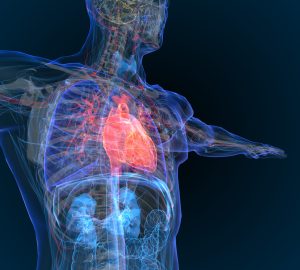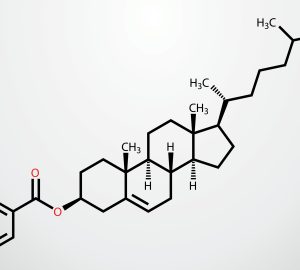effects of manganese
Manganese has been linked to a range of neurological problems associated with Parkinson’s disease: stiffness, tremors, anxiety, depression, cognitive changes, and difficulty walking and speaking. The element is found in smoke from steel production and coal fires. There are established guidelines for manganese-concentration levels, but some scientists suspect they may not be low enough. The National Institute of Environmental Health Sciences of the National Institutes of Health is funding a $3.7 million study led by Washington University School of Medicine. It will determine if people develop neurological damage from manganese at levels currently considered safe. The findings could have an impact on the Midwest, where manufacturing leads to higher industrial manganese exposure. Eighty percent of the world’s manganese is found in South Africa, where it is mined and smelted, which causes it to settle in soil and water. The study will focus on a low-income community near one of the largest manganese smelters to determine if residents iving close to it have more difficulty with brain function.
hope for dmd
Duchenne muscular dystrophy (DMD) is a fatal muscle wasting disorder that affects one out of every 5,000 to 10,000 boys in the U.S. Caused by a gene mutation on the X chromosome, it causes an average lifespan of only around 25 years and often results in cardiac or respiratory failure. Researchers at Saint Louis University report that a new drug reduces scarring and loss of muscle function in an animal model of DMD. Drs. Thomas Burris and Colin Flaveny study natural hormones that regulate nuclear receptors. Their research includes nuclear receptor REV-ERB, which regulates key processes in the body like sleep, cholesterol levels and muscle regeneration. Inhibiting the receptor stimulates muscle regeneration after acute injury. The team was able to demonstrate this using the drug SR8278 and decided to explore whether the drug also could slow the progression of muscular dystrophy in mice. “These results suggest that REV-ERB is a potent target for the treatment of DMD,” Burris says. “This is an encouraging finding as we search for better treatments for those with this debilitating illness.” The team’s paper on the subject is published in the journal Scientific Reports.
diabetes & kidney disease
Diabetes is known to increase the risk for kidney disease. In a new study, researchers at Washington University School of Medicine suggest that the reverse is also true. The relationship between the diseases is likely caused by urea, a nitrogen-containing waste product in blood created by the breakdown of protein in food. Kidneys remove urea from the blood, but it can build up when the organs’ function slows down. “When urea builds up in the blood because of kidney dysfunction, increased insulin resistance and impaired insulin secretion often result,” Dr. Ziyad Al-Aly says. The research team worked in collaboration with the St. Louis Veterans Affairs Clinic Epidemiology Center to evaluate the health records of 1.3 million adults over a five-year period. Overall, it was found that those with high urea levels had a 23 percent higher risk of diabetes. These findings are significant because urea levels can be lowered through medication, diet and other means, which may lead to improved treatment and possible prevention of diabetes. The study is published in Kidney International.








